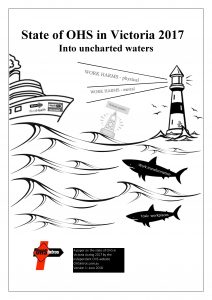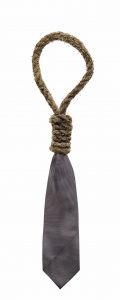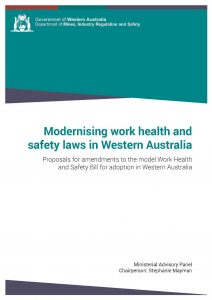 Barry Naismith of OHSIntros has released his latest independent research report into the status of occupational health and safety (OHS) in Victoria. (Given the inquiry into SafeWorkSA currently occurring in South Australia, I wish that State had an equivalent researcher, for context.) Naismith focusses on WorkSafe Victoria’s aim to address the issue of workplace wellness and asks how such an approach can be enforced?
Barry Naismith of OHSIntros has released his latest independent research report into the status of occupational health and safety (OHS) in Victoria. (Given the inquiry into SafeWorkSA currently occurring in South Australia, I wish that State had an equivalent researcher, for context.) Naismith focusses on WorkSafe Victoria’s aim to address the issue of workplace wellness and asks how such an approach can be enforced?
It is a positive that an OHS regulator is looking at workplace wellness which encapsulates work-related psychological hazards.

 Several of the articles in the Safety At Work special edition on Industrial Manslaughter mentioned in
Several of the articles in the Safety At Work special edition on Industrial Manslaughter mentioned in 
 On June 20 2018, the Australian government announced a
On June 20 2018, the Australian government announced a